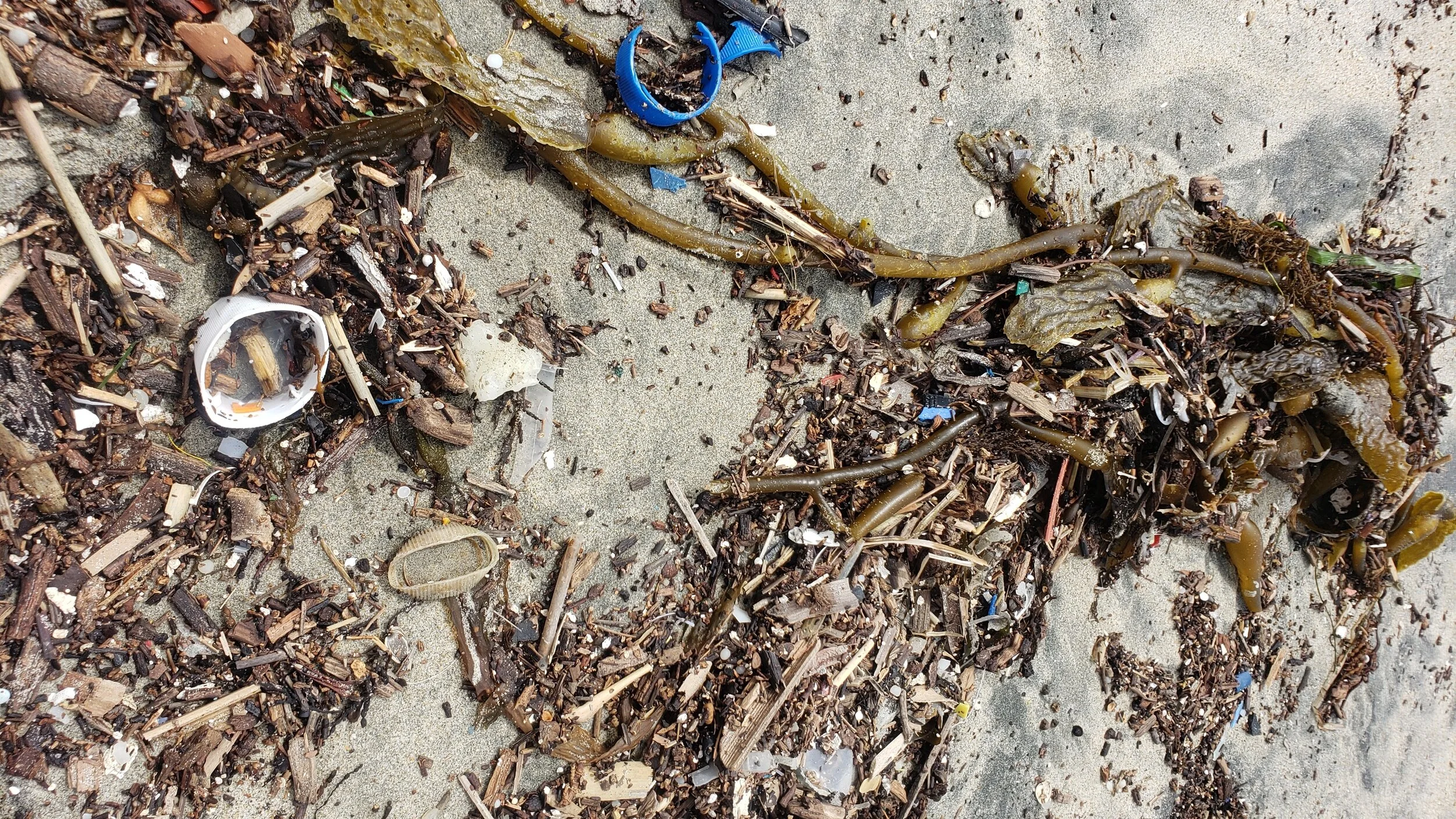Oh are you going to tell me you don’t eat plastic? Unfortunately, there’s a real good chance that isn’t true. Let me tell you about this study by The University of Queensland, you might want to sit down for this.
They looked at tissue samples of a variety of different species- 10 oysters, 10 farmed tiger prawns, 10 wild squid, five wild blue crab and 10 wild sardines. They found plastic in 100% of the samples they looked at.
Of all the species they looked at they found Sardines had the highest amount of plastic.
The study’s lead author said this “Considering an average serving, a seafood eater could be exposed to approximately 0.7mg of plastic when ingesting an average serving of oysters or squid, and up to 30mg of plastic when eating sardines, respectively …. For comparison, 30mg is the average weight of a grain of rice."
Now before you say “I don’t eat seafood, so I don’t have to worry.” If micro plastics have gotten into the tissues of sessile organisms that live on the bottom of the ocean, don’t for a second think they haven’t infiltrated our land based foods systems as well.
To Read the full paper: https://pubs.acs.org/doi/pdf/10.1021/acs.est.0c02337

